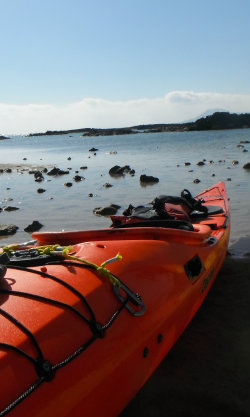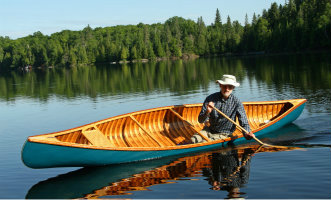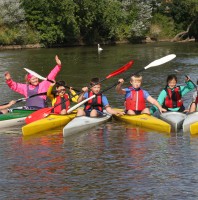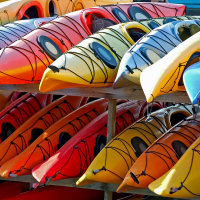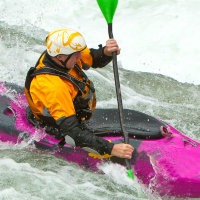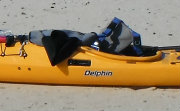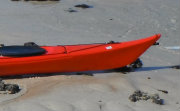Compare Sea Kayaks
If you want to compare sea kayaks there are many factors to consider, however in order to narrow down the boats you wish to look at you can start with some basic statistics. The table below sets out the basics along with some broad classifications. The data and comments are all drawn from the makers websites so and we have attempted to come up with some classifications based on what they say. At times this is tricky and there are grey areas where others may consider boats fall into a different classification.
Compare Sea Kayaks
If you've been here before you will see that we have changed the layout a bit. We've moved the table into a google doc spreadsheet that you can access with the link at the bottom of this page. We hope this will work better for you. You can now sort and filter on the table which should make it easier for you to compare sea kayaks of a particular length / width / construction / volume or whatever you are looking for.
Notes to help you interpret the table
- L - Length, W - Width, D - Depth (sometimes taken from a reference to deck height at a particular point)
- Vol - Volume - Various manufacturers quote different measures all of which are to do with volume. The column of code preceding the Vol Column refers to the measure used.
- MC - Maximum Capacity
- V - Volume
- LS - Load Suitability
- H - Hatches - this column shows the number of hatches in the boat.
- S/R - Skeg / Rudder - This column shows whether the boat comes with a skeg or rudder as standard. A * suggest that the fitting is optional and S/R indicates that either one or the other can be chosen (sometimes both)
- Size - This column provides whatever information was provided about the size of paddler that he kayak can accommodate.
- Const - Construction - This column shows what constructions available for each model.
- P - Polyethylene (no more details given)
- P1 - Single Layer Polyethylene
- P3 - 3 Layer Polyethylene
- PR - Rotomoulded Polyethylene
- PT - Thermoformed Polyethylene
- PS - Superlinear Polyethylene
- PH - High density Polythylene
- PB - Branded Polyethylene (typically 3 layer)
- C - Composite any glass / unspecified composite material
- C+ - A range of composites including mention of the use of carbon / and / or kevlar composites
- C++ - A range of composites including those with reference to a vacuum bagging process
- Generally where we use a "/" we mean either / or whereas where we use a " - " we are indicating the lowest and highest values of a range.
Please let us know if there is a range we have not included yet or anything you think needs amending. We are pretty sure there must be some ranges in Australia and Canada that need including.
Follow the link below for our
The perfect way to compare sea kayaks
